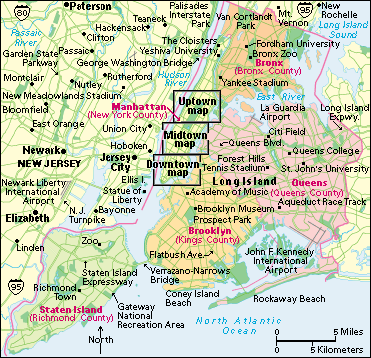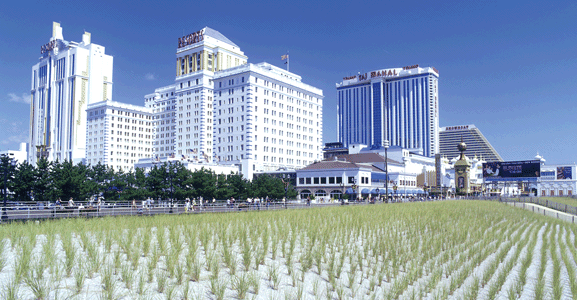President Obama Tours Parts of Storm-Ravaged East Coast
Wednesday, October 31st, 2012October 31, 2012
President Barack Obama, who has put campaigning on hold, accompanied New Jersey Governor Chris Christie today on a tour of areas of the Jersey Shore devastated by Hurricane Sandy. The storm made landfall on the night of October 29 along the New Jersey coast near the resort of Atlantic City. A storm surge flooded much of the city and tore up parts of the famed boardwalk. Governor Christie described the damage to the Jersey Shore as “incalculable,” and President Barack Obama declared a federal disaster area in eight New Jersey counties as well as in New York City and Long Island. Governor Christie, a Republican who supports Republican presidential candidate Mitt Romney, has gone out of his way to praise President Obama for his handling of the storm. “I spoke to the president three times yesterday,” he said during a televised interview. “He’s been incredibly supportive and helpful to our state and not once did he bring up the election.”
The death toll from the storm has been raised to at least 80, including 37 people in New York State. At least 8 million households and businesses remain without electric power, the U.S. Department of Energy announced today.

A fire fueled by high winds from Hurricane Sandy burned more than 100 houses in the New York City borough of Queens. Sections of Staten Island remain flooded. (World Book map)
In New York City, the storm flooded seven subway tunnels under the East River in what the chairman of the Metropolitan Transportation Authority characterized as the single most destructive disaster in the 108-year history of the subway system. Although parts of the system are running on a limited basis, rails and electrical equipment in the flooded tunnels will have to be cleaned before the entire network can reopen, which could take weeks.
The storm toppled thousands of trees in New York City and sparked numerous fires. Driven by the hurricane-force winds, one fire burned more than 100 houses in the borough of Queens. In Manhattan, flooding topped the sea wall in the financial district and triggered an explosion in a Consolidated Edison generating plant, cutting electric power to much of the island below mid-town. The area remains in the dark. However, the New York Stock Exchange reopened today, running on generator power, after being closed for two days. The last time the stock exchange shut down for so long because of the weather was during the Great Blizzard of 1888.
With offices reopening and the subway hobbled, many commuters drove into the city, creating massive gridlock. Drivers reported delays of hours, with cars and taxis lined up at major crossings and the entrances to reopened bridges and tunnels.

The famed Boardwalk in Atlantic City, New Jersey, suffered major damage as a storm surge caused by Hurricane Sandy devastated beaches on the Jersey Shore. (© age fotostock/SuperStock)
As Sandy moved inland, it collided with two other weather systems, including a burst of cold air sweeping down through the Canadian Plains. The combined storm brought high winds, freezing rains, and heavy snows to parts of West Virginia. In Pennsylvania, it caused power outages and flooding and forced numerous closures of roads, schools, and businesses. The storm left at least seven people dead in Pennsylvania and five dead in West Virginia.
Additional World Book articles:
- Federal Emergency Management Agency (FEMA)
- The Forecast: Better Weather Prediction Ahead (a special report)
- How the Ocean Affects Climate (a special report)


